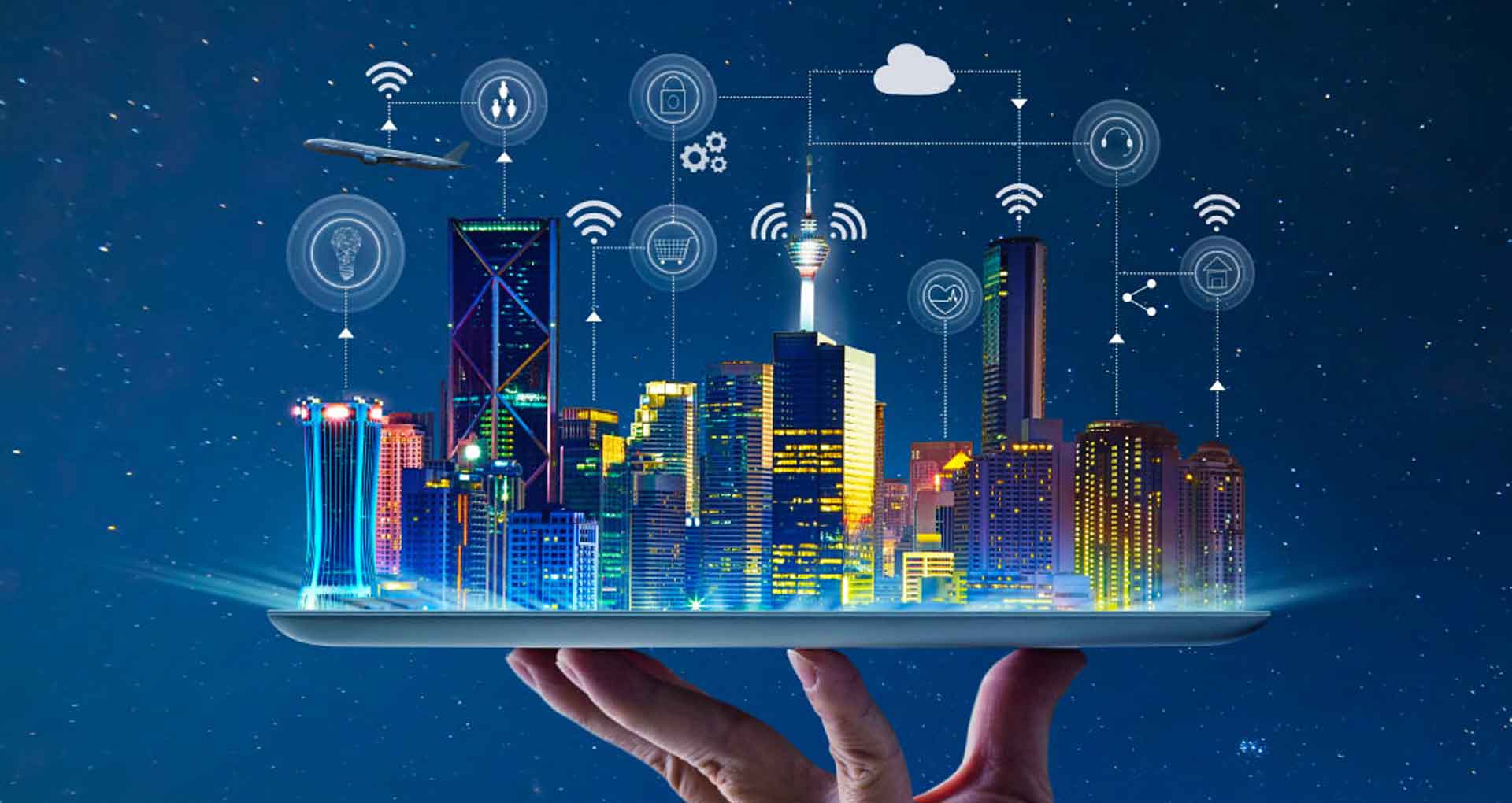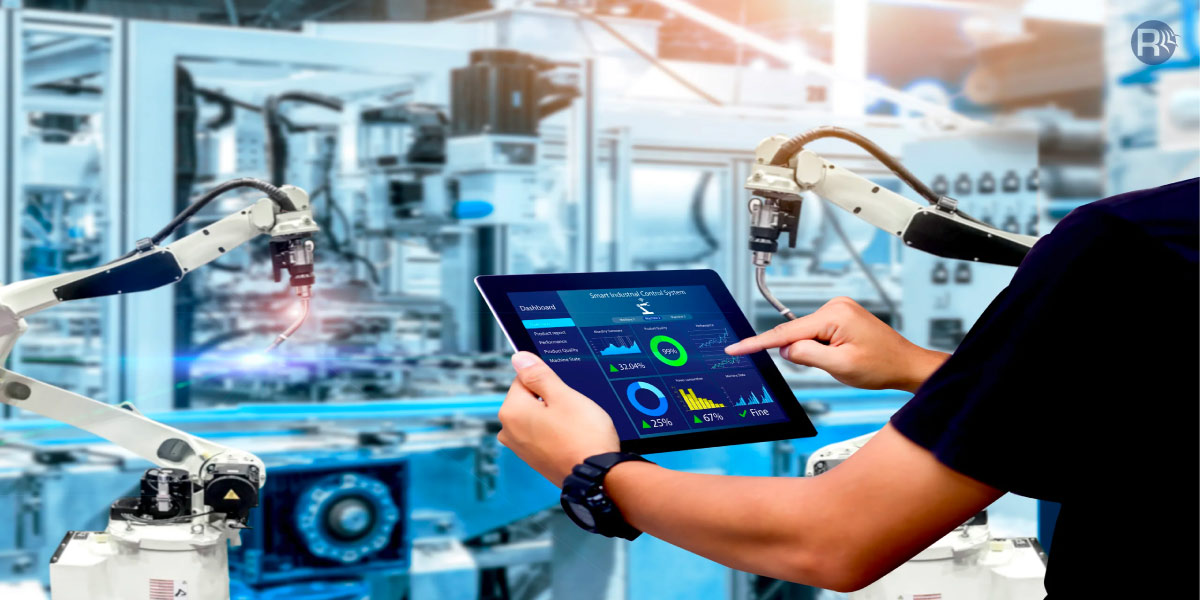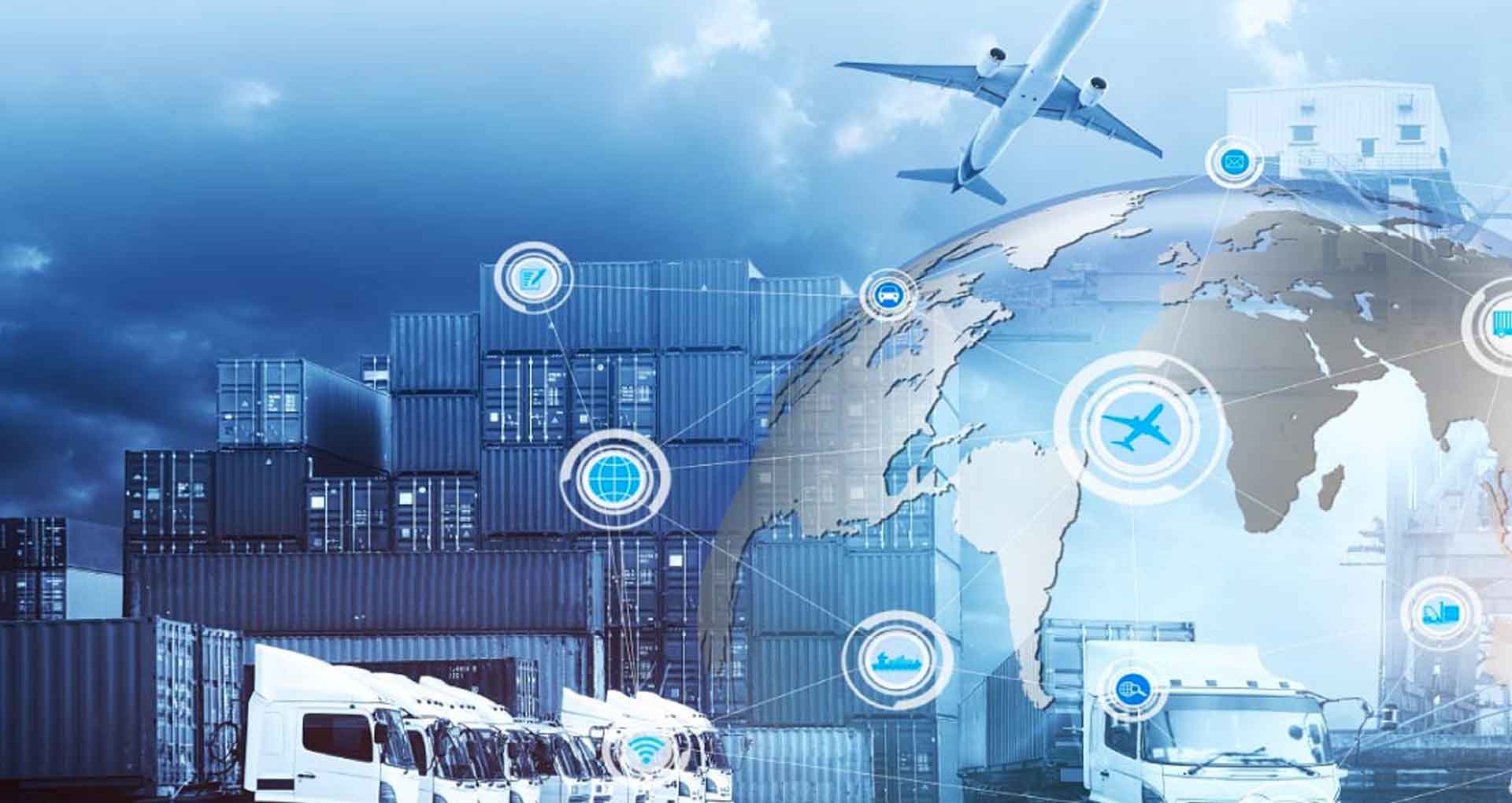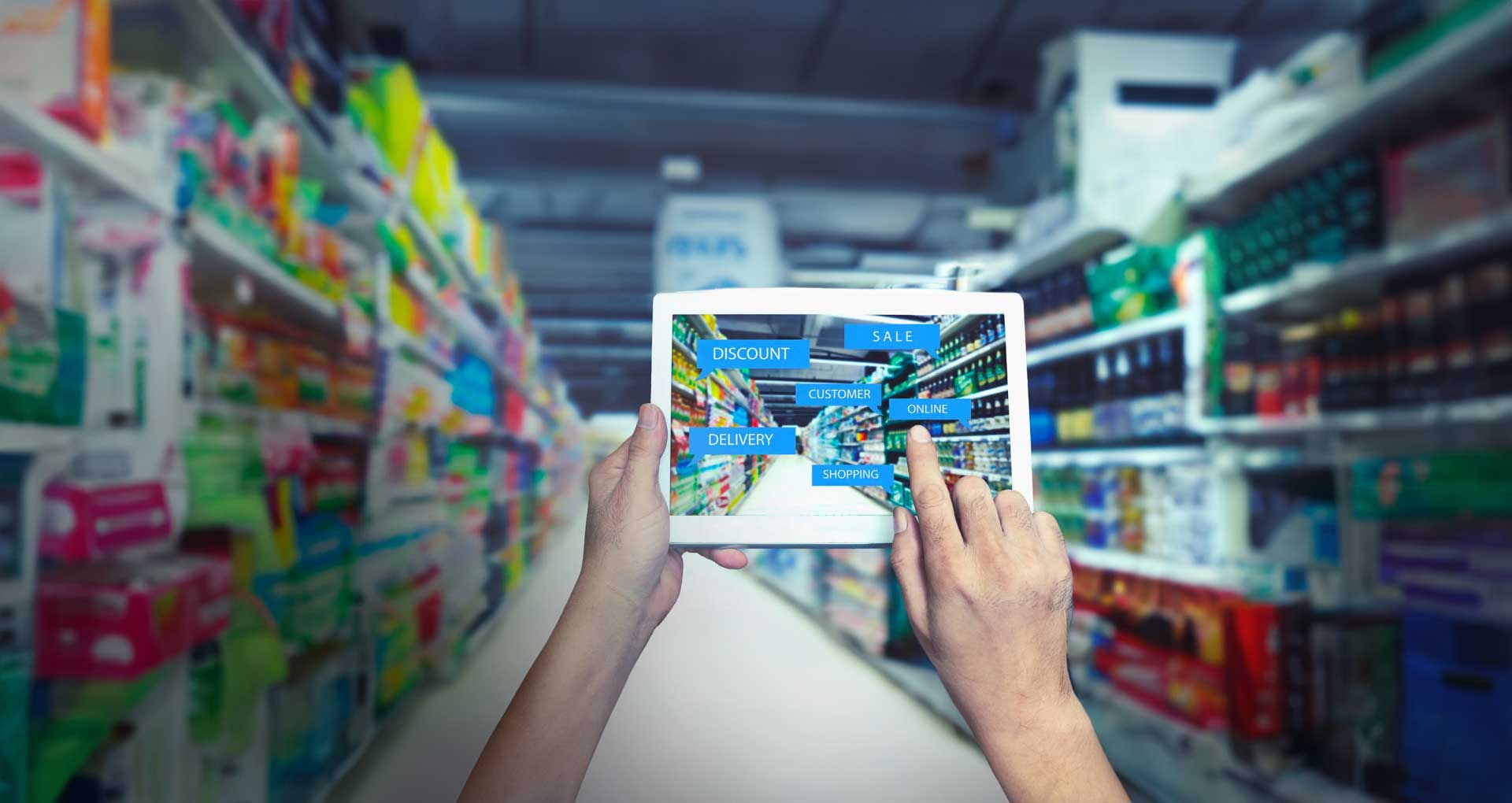In this day & age, the conventional systems to manage urban mobility are proving incompetent. And there’s a growing need for an efficient traffic management system. Cities big and small are in dire need of technology-led digital solutions to manage & monitor traffic. They can help regulate heavy traffic, road blockages at signals & congested networks.
An Internet of Things (IoT)-enabled intelligent traffic management system can solve pertinent issues by leveraging technologies like wireless connectivity & intelligent sensors. Considered a cornerstone of a smart city, they help improve the comfort and safety of drivers, passengers & pedestrians.
Through this article, we will explore the role of IoT in traffic management, the challenges it can solve & essential technologies to develop an intelligent system. We’ll also explain how a city government can implement it to offer a good citizen experience.
So, let’s get started!
Role of IoT in Smart City Traffic Management
With cities worldwide experiencing ongoing population growth – it results in stressed municipal infrastructure. And the problem of traffic congestion across smart cities is continuously increasing. INRIX suggests that the average American driver lost 36 hours due to congestion, costing $564 in wasted time. This increasing growth in cities leads to the demand to meet sustainability goals while evaluating traffic management strategies.
Integrating innovative traffic technology helps achieve phenomenal cost savings in smart cities’ infrastructure expenses while improving system reliability. Juniper research suggests that smart traffic management systems could save cities $277 billion. It is while reducing emissions and congestion by 2025.
With the pressing demand for advanced communication & network technologies, digitalization is the driving force that stimulates the implementation of smart traffic control using IoT capabilities.
It enables them to;
- Expand the capacity of city streets without having to build new roads.
- Optimize the traffic flow and keep the drivers safe. It would include cameras, sensors, and cellular technologies that automatically adjust traffic lights, expressway lanes, speed limits, and highway exit counters.
- Transmit accurate information about available parking spaces to citizens in real-time
- Collect data on congestion and improve traffic signaling to reduce blockages and optimize commute
- Locate incidents and report them to emergency rooms immediately with road sensors and video surveillance
- Employ real-time data feeds to ensure the streetlights turn dim or brighten up per the changing weather conditions and the onset of day and night
Advantages of a Smart Traffic Management System
Cleaner, greener, safer, and more accessible roads are a few benefits of implementing IoT and intelligent technology.
It helps with the following:
- Reducing traffic jams and accidents on the streets
- Ensuring immediate clearance for emergency vehicles
- Facilitating safer and shorter commute times
- Reducing congestion & energy consumption at intersections
- Offering significant productivity benefits with real-time monitoring of crucial infrastructures
- Reducing operating costs with efficient traffic management processes
- Ensuring compliance with the regulations for reducing the carbon footprint
- Saving billions of gallons of fuel wasted every year
- Accurate tracking & quick recovery of lost and stolen vehicles
Functioning of Traffic Monitoring System Using IoT Capabilities
This intelligent system comprises several components, including wireless sensors, RFID tags, and BLE beacons installed at the traffic signals to monitor the movement of vehicles. A real-time data analytics tool connects the Geographic Information System (GIS-enabled) digital roadmap with control rooms for real-time traffic monitoring.
The smart traffic management system captures the images of vehicles at the signals using the digital image processing technique. This data is then transferred to the control room via wireless sensors. The system also leverages BLE beacons or RFID tags to track the movement of vehicles and keep traffic congestion in control, track down stolen vehicles and even clear the road for emergency vehicles that are installed with RFID readers.
Application of IoT in Traffic Management
City governments can improve their operations & infrastructure by placing IoT sensors and tracking devices on roads and highways for recording, analyzing, and sharing data in real-time.

An intelligent traffic monitoring system using IoT capabilities has so many factors & use cases, including;
- Traffic Lights and IoT Control Systems: Smart traffic signals may look like a typical stoplight, yet they utilize an array of sensors to monitor real-time traffic. Usually, the goal is to help cars reduce the amount of time spent idle. And IoT technology enables the various signals to communicate with each other. This is while adapting to changing traffic conditions in real time. The outcome is less time spent in traffic jams and even reduced carbon emissions.
- Parking Enabled through IoT: Smart meters and mobile apps make on-street parking spaces easily accessible with instant notifications. Drivers receive alerts whenever a parking spot is available to reserve it instantly. The app gives easy directions to the parking spot with a convenient online payment option.
- Emergency Assistance through IoT: A traffic monitoring system using IoT technology enables emergency responders to speed up the care mechanism in case of accidents late at night or in isolated locations. The sensors on the road detect any accident, and the problem is immediately reported to the traffic management system. This request is passed on to relevant authorities to take corrective action. Emergency response personnel would include medical technicians, police officers, and fire departments for enhanced responsiveness and timely intervention.
- Commute Assistance: With every vehicle acting as an IoT sensor, a dedicated app can make suggestions, determine optimal routes & provide advance notice of accidents or traffic jams. Further, it can even suggest the best time to leave. It is all because of a robust algorithm that helps reduce driving time with intelligent traffic lights.
Key Features of a Smart Traffic Management System
The key features are listed below depending on the city’s size and the scope of the governmental policies. It can be integrated into an intelligent traffic management system. They include:
- Traffic Jam Detection: With cloud connectivity, sensors, and CCTV cameras tracking intersections 24×7, technicians can remotely monitor all the streets in real-time from the city’s traffic control room.
- Connected Vehicles: A smart traffic system using IoT technology can connect with roadside tracking devices to enable direct communication between intelligent vehicles & intersections.
- Modular Control: Real-time detection of congestion triggers dynamic adjustments in the systems meant for controlling traffic lights, express lanes, and entry alarms.
- Emergency Navigation: A system with edge data processing & programmatic alerting capabilities can alert response units (police, ambulance & tow trucks) in case of a car crash or collision. It reduces the crucial time an injured driver or passenger remains unattended.
- Road Safety Analytics: Systems with pattern detection capabilities can immediately flag high cruising speeds and reckless driver or inappropriate pedestrian behavior.
- Digital Payments: Commercial traffic management systems enable quick and convenient electronic transactions in real time while ensuring financial data safety.
Implementation of a Smart Traffic Management System – Key Elements
Whether municipalities want to improve their traffic management approach, expand public services, or upgrade existing infrastructure – it all starts with a smart city solution!

Here’s an implementation plan for building a scalable traffic control system using IoT capabilities:
A basic architecture that serves as a launchpad for feature enhancements and service upgrades will integrate the following components:
- Sensors for collecting data and sending it to a centralized cloud platform
- Actuators for physical devices to make necessary adjustments like – restricting the water supply in pipelines with leakages or dimming & brightening streetlights based on weather conditions.
- Field gateways to collect & compress data before moving it to a cloud platform.
- Cloud gateways enable secure data transfer between field gateways & the cloud storage of the traffic management system
- A data lake to store the raw, unstructured information before it is cleansed, processed, transformed & moved to a data warehouse for extracting actionable insights
- Data warehouse stores contextual information about connected objects and devices installed with sensors and actuators.
- Data analytics for analyzing the data from streetlight sensors on a centralized dashboard to adjust the intensity of lights
- ML algorithms to analyze traffic patterns & trends from historical data – stored in the data warehouse. The identified trends are then used to build predictive models for control apps. These apps modify the average vehicle speed to avoid congestion.
- Rules to enable actuators to automate the functioning & control of smart city objects and devices. These rules are manually defined to tell actuators what needs to be done to solve a specific problem.
- User applications that allow citizens to receive instant notifications in case of traffic jams and congested routes. Desktop user apps for control rooms send commands to actuators for altering traffic signals. It helps to relieve congestion and optimize routes.
- Cross-solution integrations with traffic lights or streetlight management systems. Control apps apply ML models or predefined rules to prompt appropriate output action if the air quality is poor.
Cities of all sizes can leverage this approach. Depending on the budgetary and procurement constraints, they can start small. It would be with solutions like – a littering offense ticketing system or a smart parking app. Later they can expand the range of services.
Rishabh's Role in IoT based Smart Traffic Management
IoT in traffic management can help municipal & transport offices to save time, money, and resources. It is while making the roads and transportation safer.
Our focused IoT app development services at Rishabh Software can help you custom-develop applications that suit your city infrastructure’s eco-system. We help you determine the right fit based on your budget, infrastructure needs & more.
Here’s a use case of how we are making connectivity simpler. This case is about how we helped a UK-based city municipal office modernize its legacy ticketing system with IoT capabilities.
Case Study: IoT-based Litter Fine Ticket Mobile App
Our client is a prominent service provider of cleaning & hygiene supplies. To ensure a clean & greener community, they cover all littering offenses. They turned to us to modernize their existing littering violation system with a fine-ticket mobile app.
Challenges:
- Poor visibility into operations with the Fixed Penalty Notice being issued based on employee number, location & details of the offender
- No mechanism for issuing receipts on the move for field officers
- No encryption in the payment gateway
Our Approach:
- Our team designed an Android app that allows officials to record, submit & manage offenses
- It integrates the payment gateway and allows corrections on a unified system
- We optimized the user interface for their online portal and enabled online and offline synchronization
- We helped optimize & secure employee logins & authentication for extracting the details of offenses & penalties
Benefits Delivered:
- Data-driven analytics for on-demand reporting
- End-to-end encryption of data
- Easy access to online & offline data
Technologies Used:
- Android, Microsoft .NET, SQLite, Bluetooth 4.0
Moving Ahead
Traffic management plays a vital role in determining a city’s livability. By using the tracking devices and data effectively – a city government can seamlessly regulate traffic & manage it without expanding the infrastructure. IoT in traffic management can save smart cities a significant chunk of their time, money & resources while making public transport safer and more convenient. Yet IoT will continue to gain momentum in the development & integration of infrastructure and services for future cities.










 30 Min
30 Min


